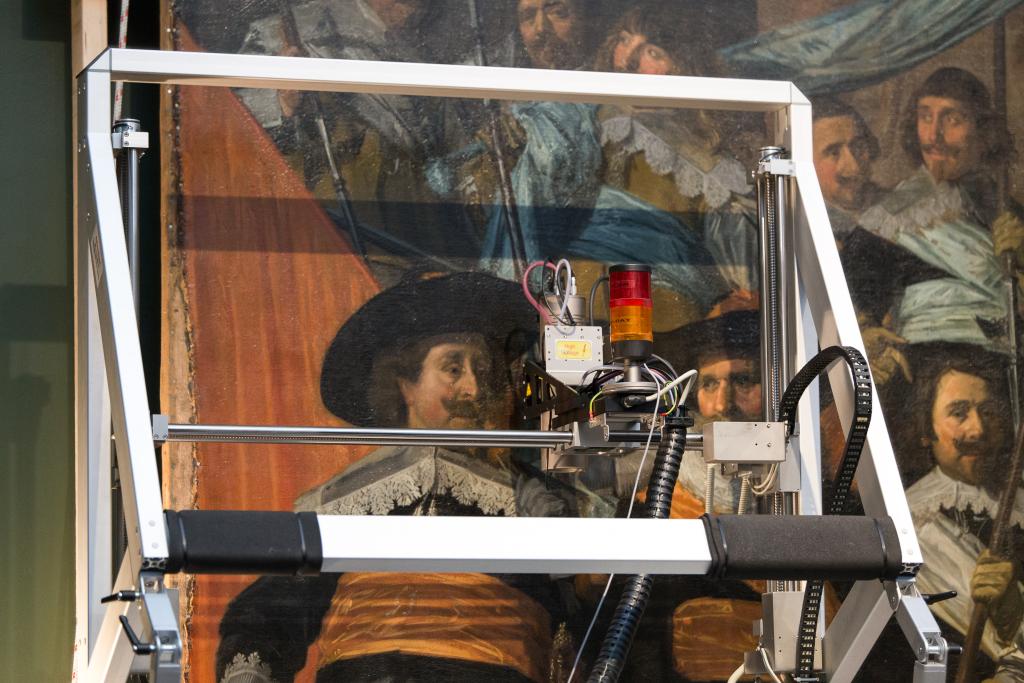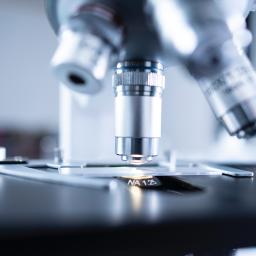Made you look and other series on art forgeries are very popular. In that respect, the new Leiden-Delft-Erasmus minor Authenticity and Art Crime is a hit. An exciting subject that is also attracting more and more attention because of the question: what is real and what is not?
In this minor you will discover how the authenticity of art is established and how this affects the international art market. Along the way, you will learn about state-of-the-art physical and chemical analyses, legal and ethical standards, how to detect forgeries, and the workings and pitfalls of the art market. In short, a true joint minor because of all the different disciplines that come together.
We will study a potential forgery or contested work together using a variety of methods and techniques.'
 Dr. Anna Tummers (Leiden University) is one of the lecturers: 'One of the most attractive aspects of the new minor is that students learn from leading experts in the field how to effectively combine different academic disciplines. For authenticity research it is indispensable.'
Dr. Anna Tummers (Leiden University) is one of the lecturers: 'One of the most attractive aspects of the new minor is that students learn from leading experts in the field how to effectively combine different academic disciplines. For authenticity research it is indispensable.'
'Moreover, they can participate in new research; we will study a potential forgery or contested work together using a variety of methods and techniques, and if possible, search for similar works, such as other forgeries by the same hand.'
A work of art is often valued due to its attribution to a specific creator, location, or period. However, all this supposedly meaningful information is off the table when the work is in fact a forgery.
Establishing authenticity has clear repercussions, not only art-historically, but also economically, influencing an artwork’s price, and legally because experts and sellers can be held accountable for misattributions and the sale of forgeries. Because of this, museums, auction houses, and international art fairs are increasingly relying on the chemical and technical investigation of art.
Currently, the three pillars to establish the authenticity of a work of art are the expert opinion of the art expert (connoisseurship), its line of ownership (the provenance), and material analyses (forensics).
I am excited to participate in this new Minor in that experts from all these fields come together to give for the first time a balanced overview.'
 Dr. Matthias Alfeld (TU Delft): 'Whenever I followed, or gave, lectures on technical art history, I had the impression that some aspect was not done justice. Either the technical aspects were simplified, or the art-history only used as a motivation for scientific experiments. Economic aspects were simply ignored. Thus I am excited to participate in this new Minor in that experts from all these fields come together to give for the first time a balanced overview.'
Dr. Matthias Alfeld (TU Delft): 'Whenever I followed, or gave, lectures on technical art history, I had the impression that some aspect was not done justice. Either the technical aspects were simplified, or the art-history only used as a motivation for scientific experiments. Economic aspects were simply ignored. Thus I am excited to participate in this new Minor in that experts from all these fields come together to give for the first time a balanced overview.'
The minor starts in September 2023 and is open to all students from Leiden University, TU Delft and Erasmus University Rotterdam.



